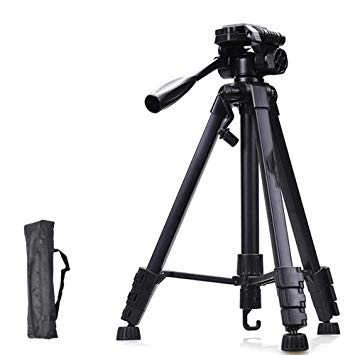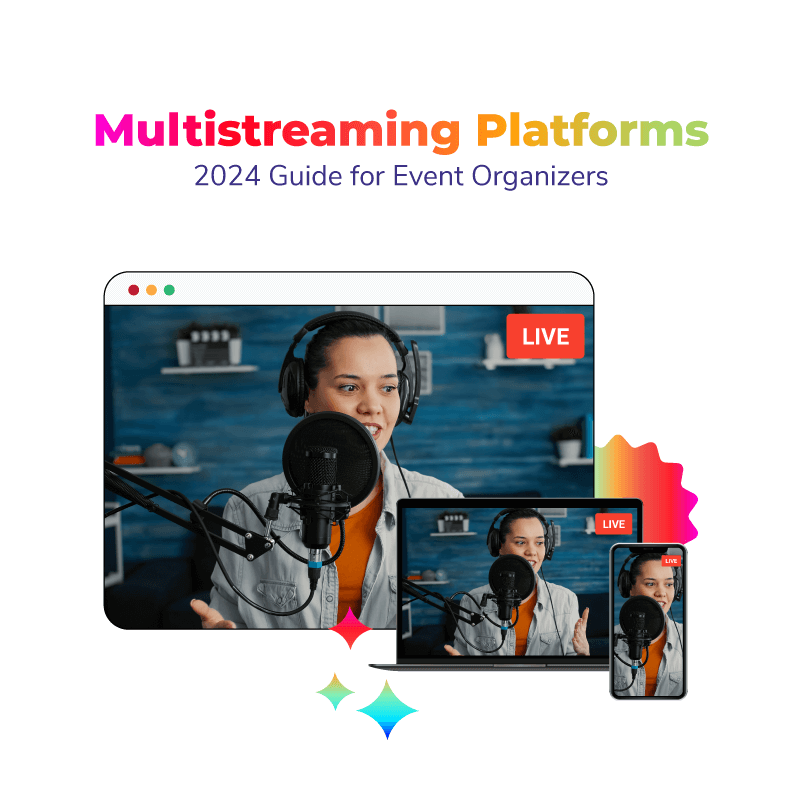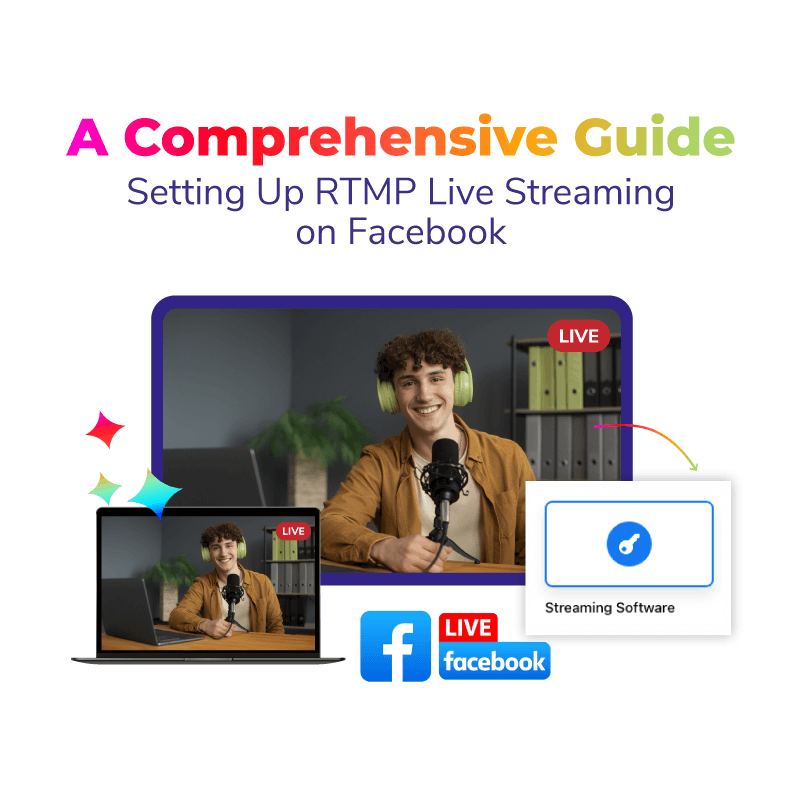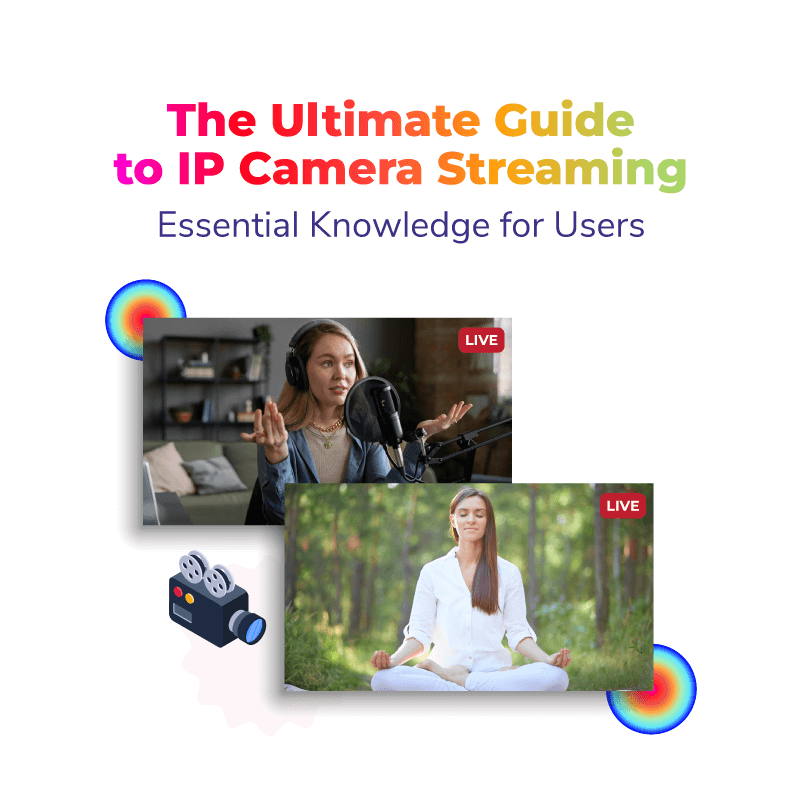The trend of live streaming is at its peak right now and more enhanced and diverse versions of it are being developed every day. Many of the secure online video platforms are dedicated to providing the audiences with the most interesting streaming experience while simultaneously also allowing the host to show a different type of content to the viewers.
Table of Contents
360 Degree Live Streaming
360-degree streaming is one of the latest and most innovative out of those diversifications of normal live streaming. With the help of virtual reality equipment, 360-degree webcasting simulates an altered view around the user, changing the image of how the environment around them looks. Due to all the advancements in this technology, there are so many other uses for 36o streaming solutions outside of just entertainment now.
To make the best out of it, here are a few things that you need to keep in mind before utilising VR streaming or VR webcasting for your own purposes:
Advancement in technology for 360-degree webcasting

Live 360° video has reached new milestones in the past couple of years. While there is no doubt that it’s become significantly a lot more accessible as a result of technological developments. You can clearly see that social media websites like Facebook have absolutely embraced the medium for various purposes.
Almost everybody within the streaming media business can stress the importance of internet bandwidth. This is an important priority with live 360-degree streaming too, as 4K video quality is more and more prefered by the audiences.
Up till recently, technological lagging restricted the extent to which live VR webcasting video was ready to function and fulfil its purpose. Even such a short time like 12 months, many technical challenges faced by even the best streaming service have been resolved through new innovations and developments in this field. It is good news for not just service providers but also for the audiences whom this VR streaming is targeted towards.
Recommended: How to Increase Your Live Streams Viewership?
Choosing the right content for 360-degree streaming
At the instant, there appears to be a conflict between viewers who insist that an exact live 360-degree video is that the neatest thing they’ve ever watched, and the producers from the service provider agencies who worry that it doesn’t look adequate. The actual middle ground here is to use 360 streaming solutions and VR webcasting only if it is needed to enhance the users’ experience rather than just doing it for following the trend.
In terms of forms of content, we’re currently seeing a transition from inserting a 360° camera in a surrounding, to truly considering the way to produce a good piece of content primarily based around the camera itself, and so the viewer. In simpler words, that means we don’t just select a situation to make a 360-degree stream, rather we develop a situation for the viewer’s eyes or the camera.
To ensure that a viewer gets the best possible live experience for VR streaming and 360-degree videos, you have to shoot correctly even in the first instance. This may include a more detailed and larger area being shot on multiple cameras.
Multi-cam shoot allows varying focus on the various subjects of your 360 stream, captured by one camera or another. Such footage can be attached together and used to build the whole comprehensive 360-degree webcasting experience.
Arrangement of shots in 360-degree webcasting

Although it is less of an issue for one of the best live streaming service providers, it is still important to understand and execute the composition of live 360° shots correctly. It’s very troublesome to cover the shooting crew inside 360° shoots because the viewers have full access to the whole atmosphere. Of course, this could be resolved by removing them in post-production, or by producers getting artistic with ways of hiding the crew, however, it still has to be thought about.
Then there’s the matter of difficulty of the camera shots themselves. Any jarring movements are seriously off-putting to viewers and may even encourage motion sickness—something that can even considerably cut back on your stream’s viewer count! The pace of camera shots for live 360-degree videos need to be slower, to afford viewers time to go explore the virtual environment around them.
One of the foremost necessary things to keep in mind from a camera operative’s perspective is making certain that the subject is positioned directly within the centre of the camera shot and in focus. This may appear obvious enough, however, it is oftentimes not the case. The whole video is troublesome to watch in such cases, thanks to the “warp” that happens throughout streaming.
When a live video is converted into the 360-degree streaming format that is spherical, this happens to the viewers a lot. Due to this warp, the top and bottom of the footage become slightly spherical and anything that is around the outer boundaries of the video gets blurry or distorted.
Recommended: Best Strategies To Improve Your Live Streamings
Conclusion
The Research & Development department of BBC believes that the distinctive worth of live 360 streaming solutions is its ability to allow people to travel to places they can’t go, be that a pageant, sports event, catwalk, or a foreign location for any purpose. This type of streaming is also enhanced when the audience can choose where to go and what to look at through this medium. With the help of more and more secure online video platforms, the 360-degree live video format is going to expand to even more horizons.




















